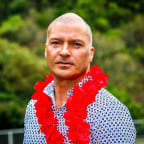The return of New Zealand tourists to the Cook Islands has residents in Rarotonga stewing over the impact it is having on the island's iconic Muri Lagoon.

Photo: Rafael Ben-Ari/ 123RF
A lagoon spokesperson claims 90 percent of Muri's many hotels and resorts rely on sewerage systems not fit for purpose in preventing chemical and microbe contamination.
Florence Syme-Buchanan lives in idyllic Ngatangiia, a village on the shores of Muri.
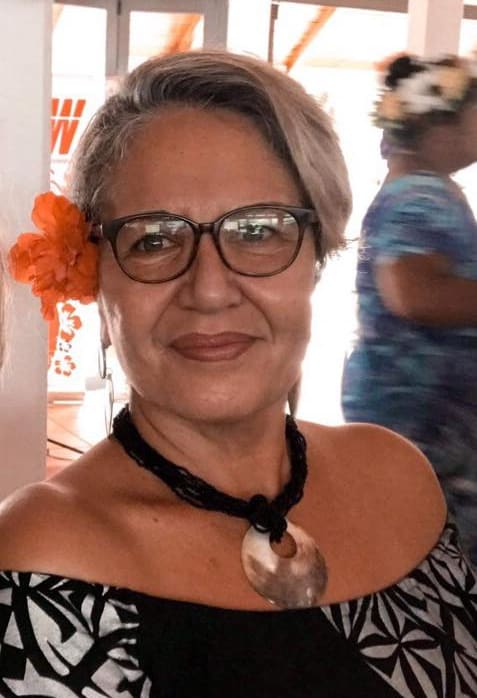
Florence Syme-Buchanan Photo: Florence Syme-Buchanan
The lagoon champion says the on-shore breeze has changed since tourists arrived back in paradise and hotel wastewater systems are once more failing to cope.
She claims the government has been ignoring the issue since Muri was declared a national disaster in 2015.
"From the time we were declared, Muri Lagoon was declared a national disaster, that status has never been removed but it has never been given the attention that it needs. Muri Lagoon disappears and that's $NZ50-million we can say good bye to."
Prior to covid, that's what Muri brought in from tourism annually.
Most hotels on the lagoon don't have adequate sewage treatment according to Syme-Buchanan and water culverts are flooding sediment into the water way.
She said officials came to a recent village meeting and acknowledged their concerns but did not commit to action.
Riparian planting of waterways with vetiver was recommended as a retainer of soils and as a filtration system which villagers would like government to help finance.
And the Ngatangiia community also want hotel sewage treatment to be compliant with the health act, added Syme-Buchanan.
"Right now 90 percent of them are not compliant and have not been compliant for quite sometime and I do believe that the government is going to put some pressure on these businesses to become compliant."
The survival of Muri Lagoon should be incentive enough for them to act, she said.
But they have not acted to improve the situation despite the 2015 declaration.
She said tourists are choosing to swim further round the coast at Titikaveka because of poor water quality at Muri.
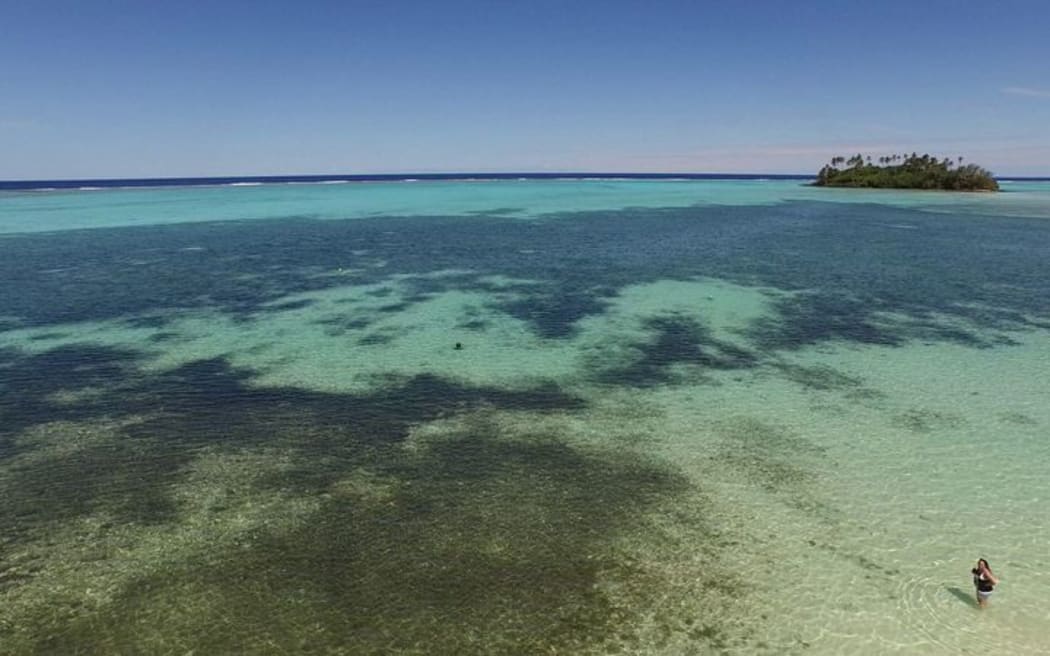
Dark patches of algae spreading in Muri lagoon. Photo: RNZI/Varo Media
Engineering a solution
Local dive business owner Stephen Lyon claims the only way to save Rarotonga's Muri Lagoon from pollution is a reticulated sewage system.
His Pacific Divers depends on a clean marine environment and tourists, who don't want a murky algal blooming water way.
But a proposal by New Zealand engineering firm GHD is also problematic, added the marine scientist, as it includes a shallow ocean outfall beyond the reef.
"It needs to go deep. It needs to go beneath the surface layer of water, down to where the water is cooler and it's not mixing with the surface layer. And then once it's down there it's going to have negligible impact on our surface layer," said Lyon.
"And deep water discharges are used in some places around the world and I believe they're used effectively."
He said the Cook Islands government and the community need to act together to save the lagoon.
But agreement is needed on a number of factors including the appropriate level of water purification before it is discharged into the ocean outfall beyond the reef.
"So if you have a high level of treatment and you de-nutrify the water before you're disposing of it, then impact is significantly reduced but it also increases the cost significantly with treatment," added Lyon.
"So that has to really be weighed up and discussed, I think, as one of the key points to deciding how you move forward with a deep ocean outfall or any kind of ocean outfall."
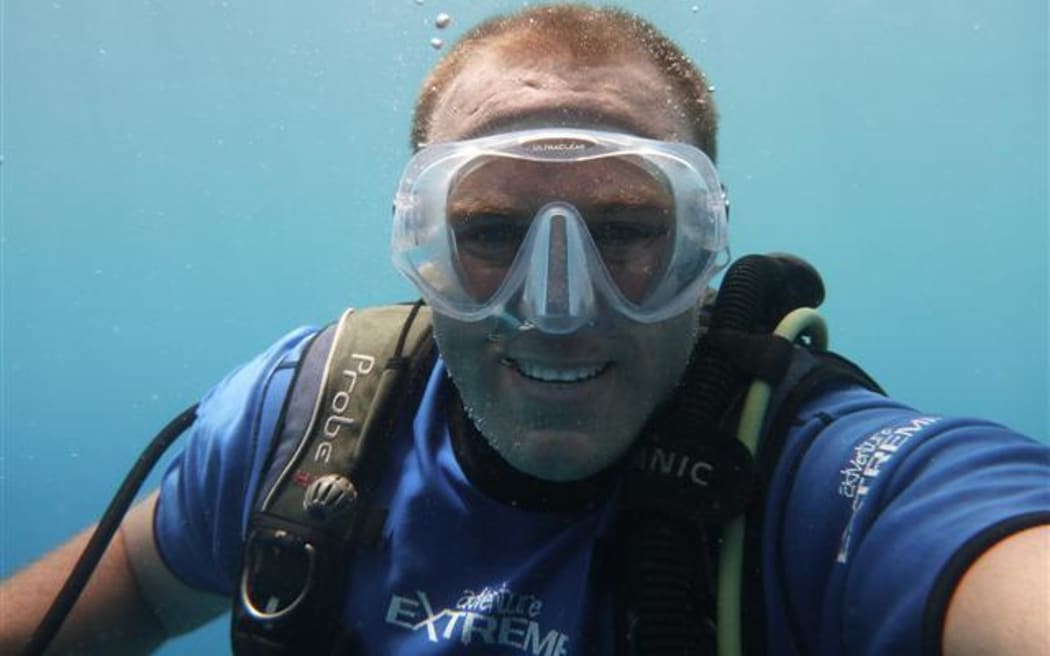
Marine scientist, Steve Lyon. Photo: Facebook / Pacific Divers
He noted the government was supportive of the need for a reticulated system but it is grappling with timing and funding due to the Te Mato Vai water network infrastructure project on-island which is running behind schedule and way over budget.
Covid-19 has also left the country with significant debt to service.
But an environmental engineer from Aotearoa has claimed there is a cheaper way to deal with human waste that is also easier on the environment.
Ecogent's Peter Riddell had been in Rarotonga to work on a project upgrading septic tank systems.
"With that sort of treatment you polish the water up and use it to irrigate. So rather than disposing of it to ground water, it would irrigate plants and potentially get some benefits out of it," argued Riddell.
"This is a worm based system where worms substantially break the solids down so you end up with a compost that can go on the land."
Riddell had worked on a similar project in Omaha, north of Auckland, where the community had been looking at an ocean outfall.
Ecogent managed to convince the council to treat the waste and irrigate the land with the recycled water which was in short supply. The local golf course is kept green and fertilised with the system using a subterranean drip feed. The system can also grow organically with the community and has now been adopted in Pauanui, both with higher needs than Rarotonga.
He added that demand for water from hotels on Rarotonga had caused shortages for crop growing. Water supply from the mountains is no longer passing through the lowland plantation areas as it is now diverted for supply to the coast.
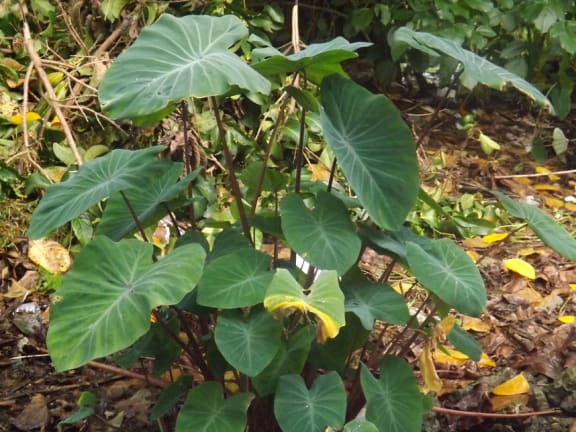
Taro grows in damp conditions and it needs to be constantly wet. Photo: RNZI/Autagavaia Tipi Autagavaia
"A lot of the wetlands are pretty well not growing taro and so on as they used to because of the dry seasons and diversion of water for the water supply system on the island. So we're actually, sort of, recycling a resource that can be usefully used."
He had been invited to present to key infrastructure people in Rarotonga to show them what could be done with the system and in turn hosted them at Omaha to show the large scale council project there.
The response had been positive, said Riddell, but he believed had been stymied by previous political commitments to more costly solutions approved and paid for with help from the New Zealand government.
"Relative to the solution on the table, cost is not an issue," said Riddell.
"And it's only New Zealand aid or aid of any type that really allows these things to happen in some respects."
Peter Riddell makes the point that an ocean outfall is shifting the problem beyond the reef to where the island's fish supply comes from, creating potential further issues.
Long term view
Meanwhile, a long time Cook Islands environmental campaigner has pointed out that government had been warned as far back as 1999 that infrastructure would become a hurdle to tourism.
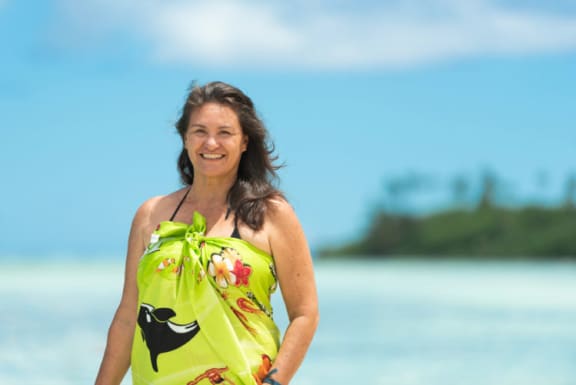
Jacqueline Evans Photo: Goldman Environmental Prize
Credited as the driving force behind the Marae Moana marine park, Jacqueline Evans said a moratorium had been recommended on tourism in order to develop systems necessary for its sustainable growth.
She said the advice was ignored and the skin irritant algal blooms started appearing in 2003-2004.
Evans joined a campaign for new sewage treatment standards to be implemented between 2005 to 2010 but she said the government wasn't prepared to invest money needed in the sector to successfully implement regulations which were passed in 2008.
Despite the new regulations, large algal blooms began in 2010 and Evans said the tourism sector started to panic. In 2015 the disaster was declared in Muri.
The drastic threat created a perceived need for an equally drastic solution.
However, the large reticulated sewerage system with an ocean outfall is not a sustainable one according to Evans.
"It's just the easy solution and allows people to continue to develop properties too densely and move the sewage somewhere else where it will have an impact there," she said.
"We depend on healthy coral reefs not just for tourism but also for coastal protection and as a food cupboard, especially when times are rough."
The country's isolation due to Covid-19 has demonstrated this importance and an ocean outfall would impact the health of the reef which sustains the island.
However, with borders re-opened tourism has again become the economic focus.
"The fact is, we're building tourist accommodation too densely, as if we already have a sewerage system in place. And putting a sewerage system in place will only shift the problem to another location."
The 2019 Goldman Environmental Prize winner believes the focus should be on reducing wastewater production.
"And using the nutrients in our wastewater for our gardens, not dumping them outside the reef somewhere for some poor fishers, swimmers or surfers to deal with."
An ocean outfall, added Evans, would have eventual repercussions for the lagoon and wider community as fish and other marine species cycle through the lagoon daily or during parts of their lives. Along with food security and natural splendour, a healthy reef provides protection against cyclones, storm surges and erosion.
"So if we killed the outer reef, we will damage the lagoon as well."
Meanwhile, the villagers of Ngatangiia want action from the government that will help save Muri Lagoon.
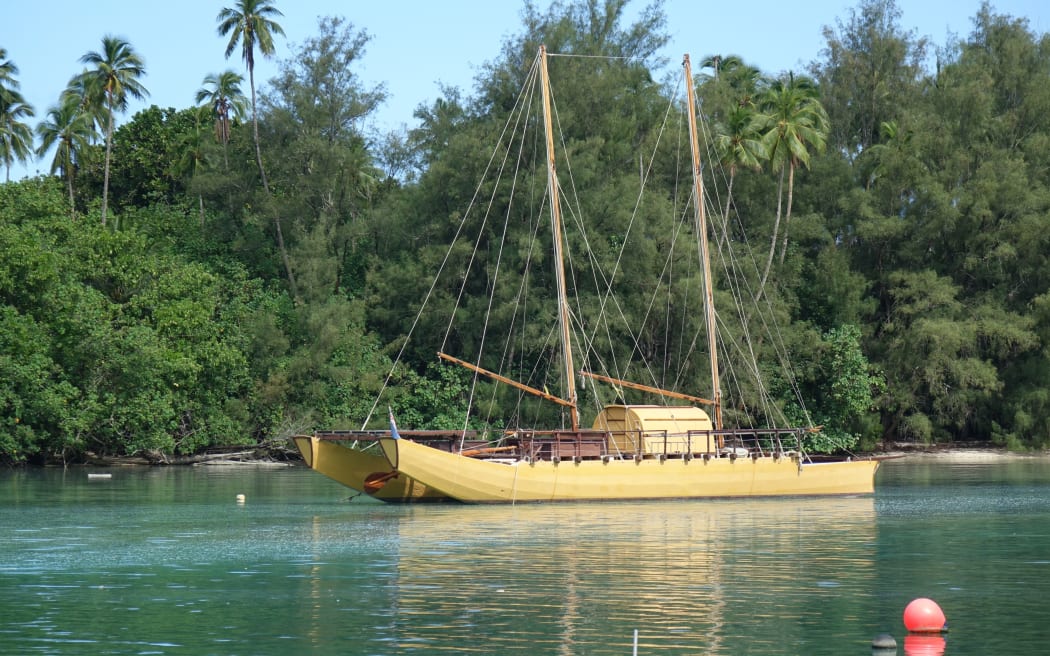
Ocean going vaka at anchor in Muri. Photo: RNZI/Sally Round
